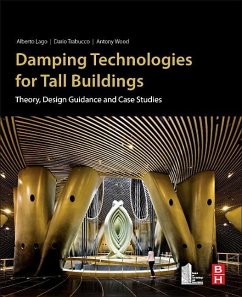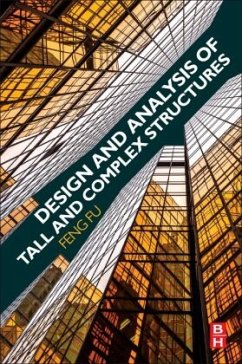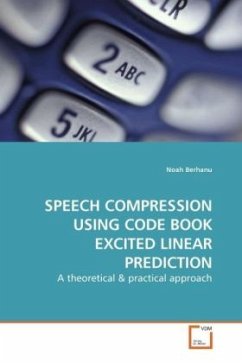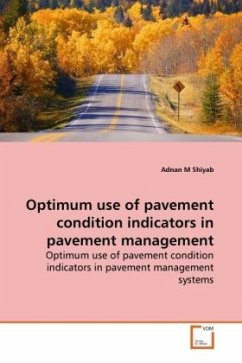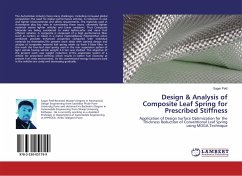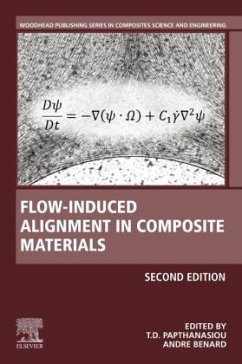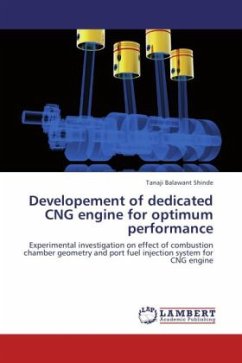
Optimum stiffness design of wind-excited tall buildings
Computational design optimization considering uncertainties in wind engineering
Versandkostenfrei!
Versandfertig in 6-10 Tagen
66,81 €
inkl. MwSt.

PAYBACK Punkte
33 °P sammeln!
Recent trends towards developing increasingly taller and irregularly-shaped buildings have led to slender complex structures that are highly sensitive and susceptible to wind-induced deflection and vibration. In the design of this new generation of tall buildings, structural engineers are facing the challenge of striving for the most efficient and economical design solution while ensuring that the final design must be serviceable for its intended function, habitable for its occupants and safe over its design life-time. The emerging performance-based design concept provides a general framework ...
Recent trends towards developing increasingly taller
and irregularly-shaped buildings have led to slender
complex structures that are highly sensitive and
susceptible to wind-induced deflection and
vibration. In the design of this new generation of
tall buildings, structural engineers are facing the
challenge of striving for the most efficient and
economical design solution while ensuring that the
final design must be serviceable for its intended
function, habitable for its occupants and safe over
its design life-time. The emerging performance-based
design concept provides a general framework for
solving the optimal serviceability design problems.
This research aims to develop an innovative computer-
based design method for optimal performance-based
design of tall buildings achieving a satisfactory
and reliable performance in various extreme and
hazard wind loading conditions. The outcome of this
research will provide a powerful computer-automated
design tool for optimal performance-based design to
deliver cost-effective low-risk design solutions for
tall buildings in a typhoon-prone city, such as Hong
Kong.
and irregularly-shaped buildings have led to slender
complex structures that are highly sensitive and
susceptible to wind-induced deflection and
vibration. In the design of this new generation of
tall buildings, structural engineers are facing the
challenge of striving for the most efficient and
economical design solution while ensuring that the
final design must be serviceable for its intended
function, habitable for its occupants and safe over
its design life-time. The emerging performance-based
design concept provides a general framework for
solving the optimal serviceability design problems.
This research aims to develop an innovative computer-
based design method for optimal performance-based
design of tall buildings achieving a satisfactory
and reliable performance in various extreme and
hazard wind loading conditions. The outcome of this
research will provide a powerful computer-automated
design tool for optimal performance-based design to
deliver cost-effective low-risk design solutions for
tall buildings in a typhoon-prone city, such as Hong
Kong.



